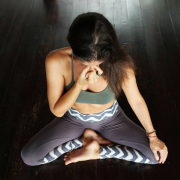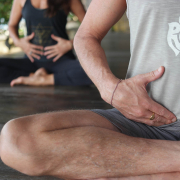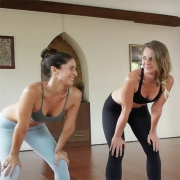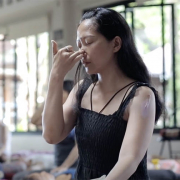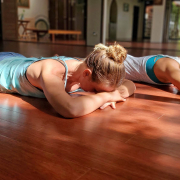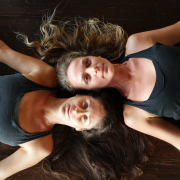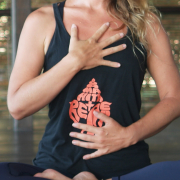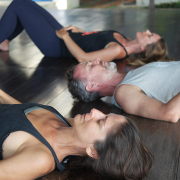 https://samahitaretreat.com/wp-content/uploads/2020/09/breathex.jpg
538
1000
Anthea Grimason
http://samahitaretreat.com/wp-content/uploads/2024/01/samahita-logo-v2.svg
Anthea Grimason2020-11-30 04:54:252024-02-15 09:45:49How to Train to Breathe Through Your Nose
https://samahitaretreat.com/wp-content/uploads/2020/09/breathex.jpg
538
1000
Anthea Grimason
http://samahitaretreat.com/wp-content/uploads/2024/01/samahita-logo-v2.svg
Anthea Grimason2020-11-30 04:54:252024-02-15 09:45:49How to Train to Breathe Through Your NoseWhat is Breathwork?
“Breathwork” has become frequently used in the popular search for respiration developing and improving routines. In support of an official definition we offer:
Breathwork is:
“The regulated activity of inhalation and exhalation consciously engaged in, to exercise and optimize the organs of respiration and brainstem nervous impulses that control breathing, with an outcome of improved respiration efficiency across a 24-hour period. “
Breathwork is then considered its own dedicated time of practice to be employed in different scenarios:
- Times of regular training: in combination with posture training or isolated
- Times of stress: enhance current robustness and develop resilience
- Times of anxiety: in acute response and long term management
- Advanced practice: yogic Pranayama breath techniques, the art of no breath
Regular training should help one to manage ongoing stress and handle anxiety when it arises. However, if currently experiencing stress and anxiety then it is more advisable to begin any breathwork practice with simple but effective breathing exercises (see our articles on Breath for Anxiety and the different Ratio-Breath Exercises ) that initially reduce the burden of stress by aiding robustness (1). A regular training breathwork practice (Quad-Ratio Breath Exercise ) takes this further to develop greater stress resilience through improved autonomic functioning.
Typical recommendations to do “nostril breath” or “box breath” are minimally effective as it is the decrease in efficiency of one’s respiratory function over time that leads most people into trouble with stress and anxiety and eventually more susceptible to respiratory illness. The system is just not robust enough. Superficial “nostril breathing” is not sufficient alone to increase robustness and enhance resilience. A comprehensive approach advises dedicated, regular breathwork practice, ideally daily, to increase respiration efficiency through the anatomical and physiological effects of regulated breath training. This training follows specific breathing exercises and develops further into yogic breath techniques broadly termed under pranayama Though there is a count in terms of the number of seconds to the length of each breath more important is the ratio the inhalation and exhalation are carried out in and that the length of breath with ratio is consistent across several repeated rounds of breathing. This allows the individual practitioner to select a length of breath appropriate to their capacity and not be limited to generic advice that states a fixed count for all, such as 5-7-8, for inhale-retain-exhale.
Dr. Paul Dallaghan’s expertise with breathwork, body and meditative practices comes from three sources: (1) three decades of daily dedicated practice and teaching these techniques; (2) uniquely acknowledged in the Yoga tradition by the title of “Master Yogi-Prānācharya (expert in breath)”, following an immersion in the original culture through one-on-one direct training in practice and study of ancient texts; (3) a PhD in doctoral scientific research at a leading US university (Emory) covering both the tradition and science of yoga and breath practices in terms of stress, health and aging. As a result, Paul occupies a unique space to impart genuine teaching and science on the breath, body, and meditative practices, seen as a Teacher-of-teachers and identified to carry on the tradition of Pranayama. His sincere and ongoing role is to teach, write and research, to help put out experienced and authentic information on these areas of how we live, breathe and be, to help people improve their mental and physical health, and live more fulfilling lives.
For more on his background see his bio
References
- Noble, D. J., Goolsby, W. N., Garraway, S. M., Martin, K. K., & Hochman, S. (2017). Slow Breathing Can Be Operantly Conditioned in the Rat and May Reduce Sensitivity to Experimental Stressors. Front Physiol, 8, 854. doi:10.3389/fphys.2017.00854
https://www.frontiersin.org/articles/10.3389/fphys.2017.00854/full
More from the Samahita Blog


